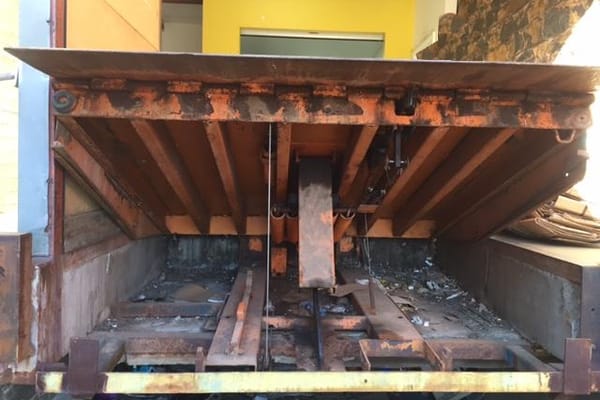Posted: 2020-08-22 Preventing Dock Mishaps
By Steve Greco. Originally published in Professional Door Dealer Magazine. The seemingly innocent loading dock is one of the leading accident sites in warehouses.
Accidents on the loading dock can lead to huge expenses. In addition to the direct costs of medical expenses, wage indemnity and claims administration fees, accidents entail many indirect costs. These can include equipment damage, lost productivity and quality, replacement labor costs, litigation, management and supervisor time, missed shipments, and damaged customer relations and public image.
That doesn't even take into consideration the expense of a crippling or fatal accident. Just one of these can easily cost an employer more than $1 million in workers' compensation, product and equipment damage, lost productivity, higher insurance premiums and liability. Assuming a 10-percent profit margin, it would require $10 million in additional sales to offset the cost of such an accident.
Dock Risks
There are an estimated 100 opportunities a day, per shift, per single dock, for the most serious accident to occur. With this risk multiplied by your number of working days per year, the possibility of occurrence increases quickly.
Some of the most common accidents are caused by trailer creep, unscheduled truck departures and lift-truck tip over.
In this article, we'll look at three of the most common risks and ways to reduce them:
- Trailer creep/separation and premature departure from the loading dock;
- Dock leveler safety features; and
- Driving into overhead door panels and off the end of empty docks.
Trailer Restraints
There are basically three reasons to restrain trailers:
- Prevent drivers from pulling out with the lift truck inside the trailer - or worse - partway into the trailer.
- Prevent trailer creep that results in a dangerous gap between the dock and trailer.
- The Occupational Safety and Health Administration (OSHA) requires it.
Although there are a number of types of restraints, they are not always effective, partly due to lack of use or human error. Here are some common types of restraints: Wheel Chocks.
